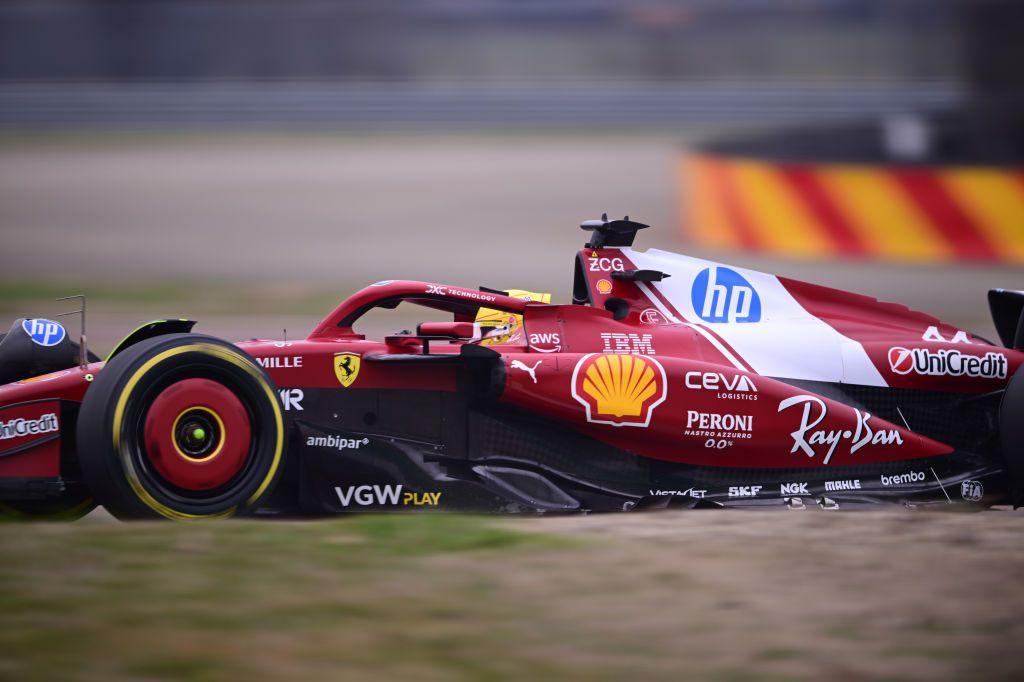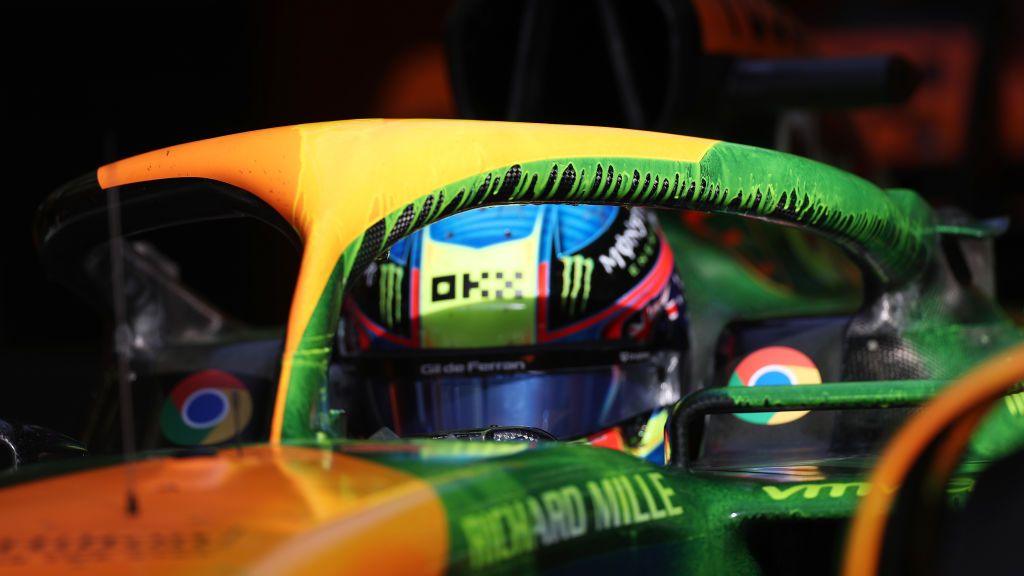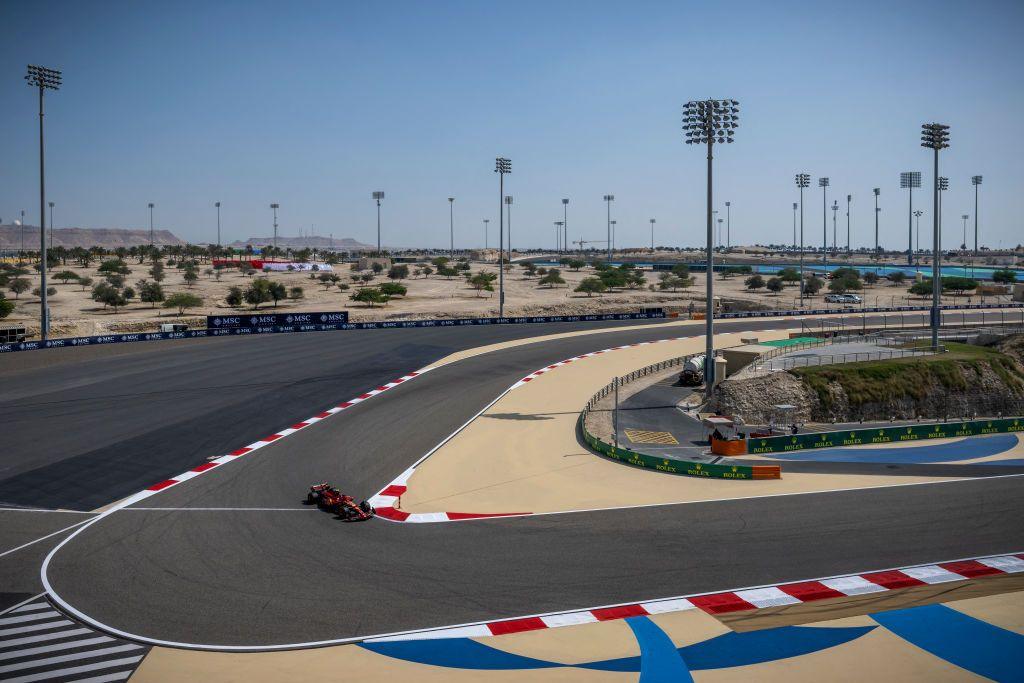
Formula 1 pre-season testing is a crucial time of the year for teams and fans alike.
After spending the winter working hard to develop upgraded cars for the new campaign, this is the first opportunity for each of the 10 F1 teams to run their new machinery for an extended period and analyse how quick (or not) they are going to be.
By the end of the traditional three days of pre-season testing, teams, pundits and fans generally have a pretty solid idea of who will be in contention at the front of the grid during at least the early portion of the season, and perhaps even longer.
That means a lot of the year’s storylines are laid out during testing.
So, what exactly can fans expect?
How does F1 testing work?
F1 testing takes place annually, a few weeks before the start of the new season.
All 10 teams head to the same circuit and spend three days running their new cars in different configurations to measure performance.
Teams tweak things such as fuel load, tyre compounds, and wing settings to analyse how the car reacts in different circumstances.
They simulate different race-weekend situations, such as long race runs on high fuel and worn tyres as well as qualifying laps on soft rubber and low fuel, in order to try to establish strengths and weakness.
Each team runs only one car, meaning a maximum of 10 can be on track at one time.
The two drivers each teams employs split duties evenly, meaning each undertakes one-and-a-half days of running.
For drivers who have just graduated to F1 or have joined a new team, testing is an integral moment to adjust to new in-car systems, mastering the complicated button layouts on the steering wheel, and developing a working relationship with their new race engineer over the radio.
How do teams measure performance?
F1 teams have access to a treasure trove of data, telemetry, and GPS systems that help them measure the performance of their car.
During testing, teams will change certain aspects of the car between runs, and will then use their analytics tools to measure whether the tweaks were a benefit or a hindrance.
Teams also modify their cars with performance-measuring devices, including the visually striking flow-viz paint and aerodynamic rakes, which help demonstrate how efficiently the car is moving through the air.

When is F1 testing 2025?
This year’s Formula 1 testing will be held at the Sakhir International Circuit in Bahrain from 26-28 February.
Each of the three days is split into two sessions, one early and one late, giving a total of six opportunities for running.
The early session will be held from 07:00-11:00 GMT, and the late session from 12:00-16:00.
Bahrain is three hours ahead of the UK, meaning the late sessions will include a transition from light to dark skies.
Why is F1 testing held in Bahrain?
The Sakhir circuit joined the F1 calendar in 2004, and has been used for pre-season testing since 2021.
The track is considered a good choice for testing primarily because of its balanced layout. Sakhir features a mix of high, medium and slow-speed corners, as well as a couple of long straights, meaning top speed, acceleration, cornering, and tyre usage are able to be analysed relatively equally.
Bahrain also has very little rainfall, meaning teams are almost guaranteed consistent weather and dry running. The Bahrain Grand Prix has never once been impacted by rain since it joined F1.

Can F1 teams test during the season?
In the past, F1 teams were permitted to test whenever and wherever they wanted, as frequently as they saw fit.
But over time, concerns about the environmental impact, the costs involved, and the growing performance disparity between teams at the front and back, led to the introduction of increasingly stringent rules on testing.
In-season testing was banned in 2009, leaving the pre-season session as a vital period to analyse and refine their cars.
Teams are allowed to test cars which are at least two years old during seasons, but this is primarily used for the development of younger or recently arrived drivers, given the limited possibility of learning anything useful about car development.
How to follow F1 testing with the BBC
You can follow F1 pre-season with live coverage on the BBC website and app.
Live text commentaries will run throughout both the early and late sessions on all three days of testing, keeping you up to date with what is happening out on track, the storylines taking shape, and analysis of the performance of every car.
When and where does the 2025 F1 season start?
The 2025 Formula 1 season will begin with the Australian Grand Prix at Albert Park in Melbourne on the weekend of 14-16 March.
The race will begin at 04:00 GMT on Sunday, 16 March.
Bahrain has hosted the first race of the year every season since 2021, but requested a later running in 2025 alongside Saudi Arabia in order to avoid a clash with the Muslim holy festival Ramadan, which this year runs from 28-30 February.